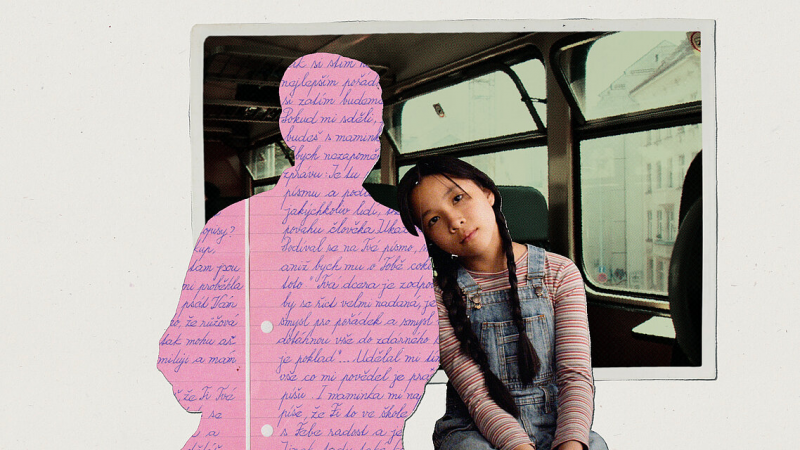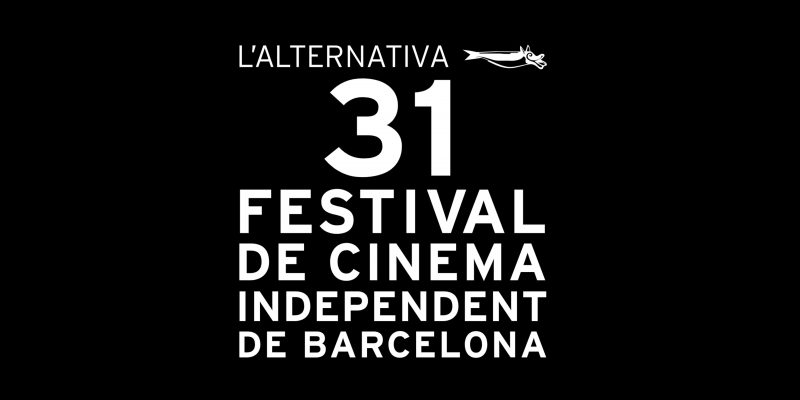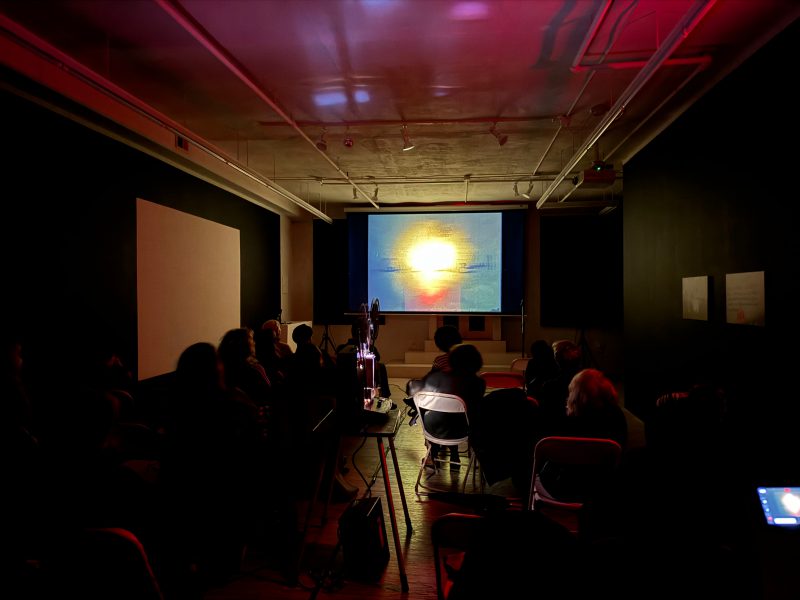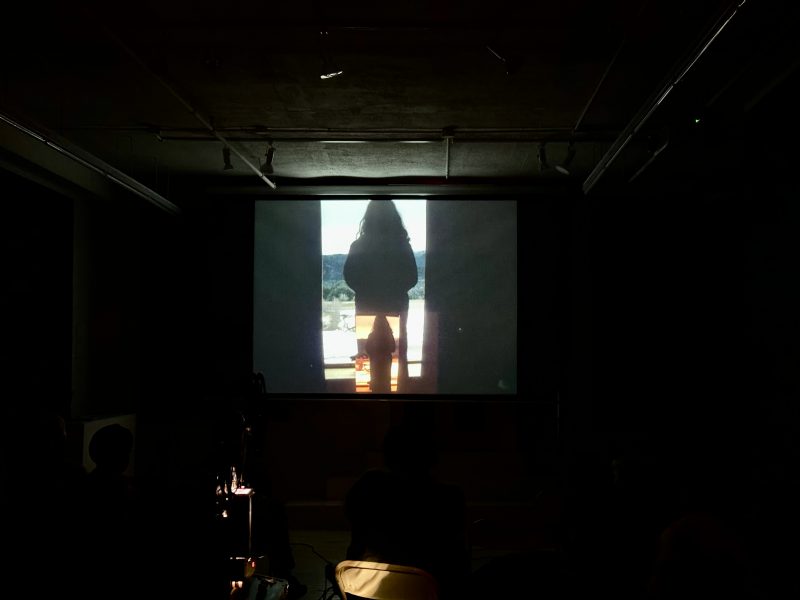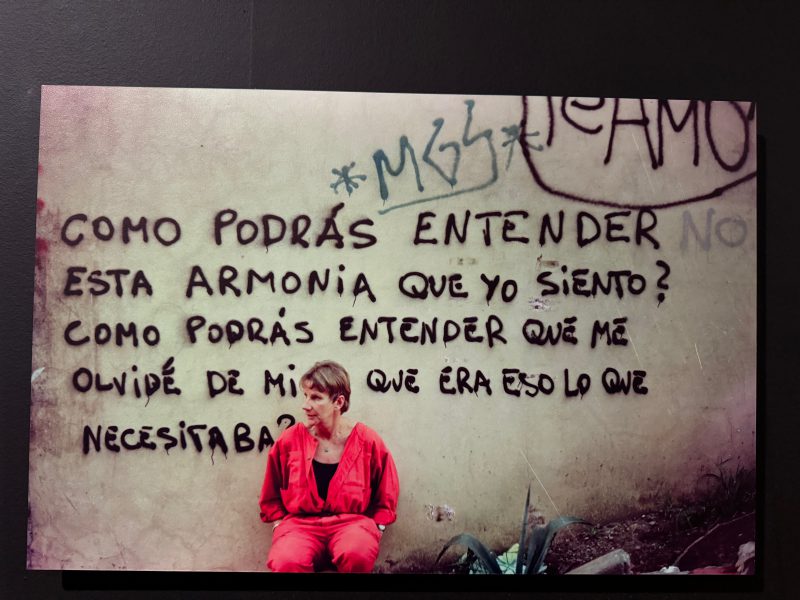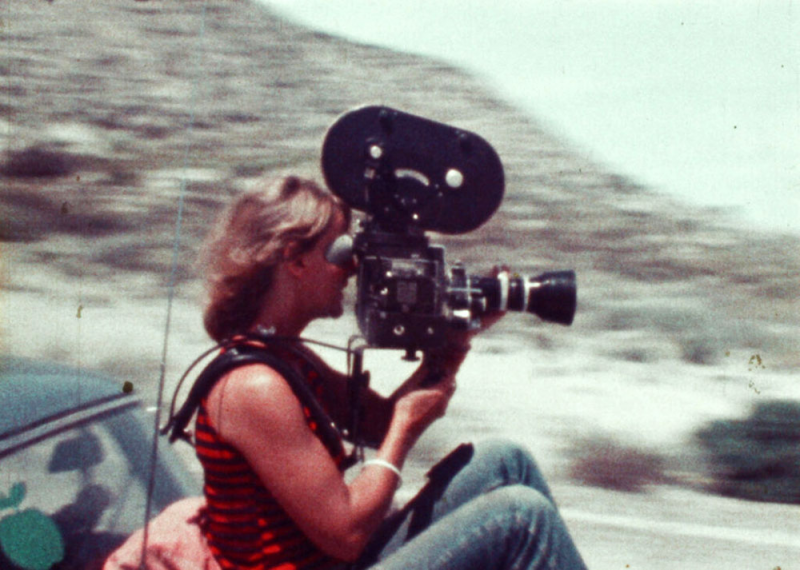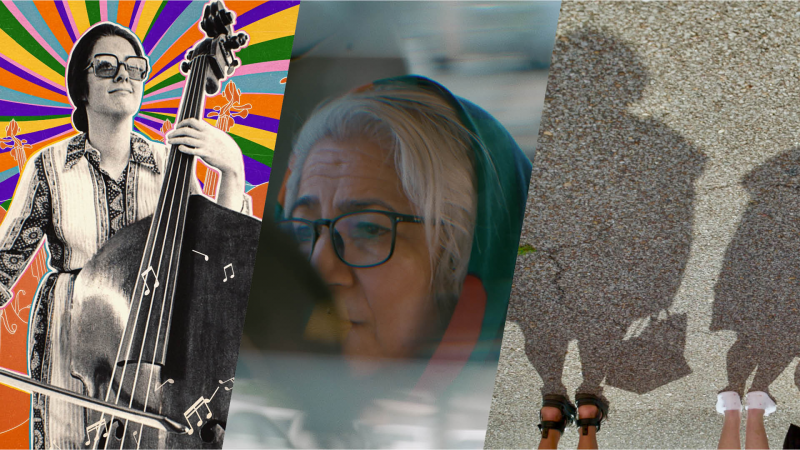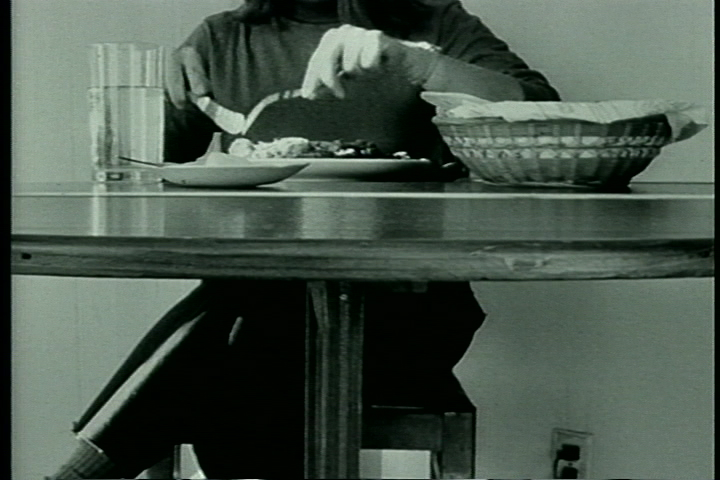
https://nextbestpicture.com/the-2024-cinema-eye-honors-award-ceha-winners/
The Cinema Eye Honors Award (CEHA) winners have been announced representing the best in documentary filmmaking for 2024. The historic New York Academy of Medicine in East Harlem was the venue for the Cinema Eye Honors 18th Annual Awards Ceremony. Here are this year’s winners…
Nonfiction Feature
Black Box Diaries – Shiori Ito, Eric Nyari, Hanna Aqvilin, Ema Ryan Yamazaki, Yuta Okamura, Yuichiro Otsuka, Mark Degli Antoni and Andrew Tracy
Dahomey – Mati Diop, Eve Robin, Judith Lou Levy, Gabriel Gonzalez, Joséphine Drouin Viallard and Nicolas Becker
Daughters – Natalie Rae, Angela Patton, Lisa Mazzotta, Justin Benoliel, James Cunningham, Mindy Goldberg, Sam Bisbee, Kathryn Everett, Laura Choi Raycroft, Adrian Aurelius, Philip Nicolai Flindt, Michael Cambio Fernandez and Kelsey Lu
Look Into My Eyes – Lana Wilson, Kyle Martin, Hannah Buck and Stephen Maing
No Other Land – Yuval Abraham, Basel Adra, Hamdan Ballal, Rachel Szor, Fabien Greenberg, Bård Kjøge Rønning, Julius Pollux Rothlaender and Bård Harazi Farbu
Soundtrack to a Coup d’Etat – Johan Grimonprez, Daan Milius, Rémi Grellety, Jonathan Wannyn, Rik Chaubet, Ranko Pauković and Alek Bunic Goosse
Sugarcane – Julian Brave NoiseCat, Emily Kassie, Kellen Quinn, Christopher LaMarca, Nathan Punwar, Maya Daisy Hawke, Mali Obomsawin, Martin Czembor, Andrea Bella, Michael Feuser and Ed Archie Noisecat
Direction
Mati Diop – Dahomey
Gary Hustwit – Eno
Lana Wilson – Look Into My Eyes
Elizabeth Lo – Mistress Dispeller
Basel Adra, Hamdan Ballal, Yuval Abraham and Rachel Szor – No Other Land
Julian Brave NoiseCat and Emily Kassie – Sugarcane
Stephen Maing and Brett Story – Union
Production
Shane Boris, Odessa Rae and Talal Derki – Hollywoodgate
Emma D. Miller, Elizabeth Lo and Maggie Li – Mistress Dispeller
Fabien Greenberg and Bård Kjøge Rønning – No Other Land
Paula DuPre’ Pesmen, Aniela Sidorska, Camilla Mazzaferro and Olivia Ahnemann – Porcelain War
Emily Kassie and Kellen Quinn – Sugarcane
Mars Verrone and Samantha Curley – Union
Editing
Maya Tippet and Marley McDonald – Eno
Alexandra Strauss – Ernest Cole: Lost and Found
Carla Gutiérrez – Frida
Charlotte Tourres – Intercepted
Hannah Buck – Look Into My Eyes
Rik Chaubet – Soundtrack to a Coup d’Etat
Cinematography
Joséphine Drouin Viallard – Dahomey
Elizabeth Lo – Mistress Dispeller
Satya Rai Nagpual – Nocturnes
Andrey Stefanov – Porcelain War
Christopher LaMarca – Sugarcane
Olivier Sarbil – Viktor
Original Score
Alexeï Aïgui – Ernest Cole: Lost and Found
Victor Hernández Stumpfhauser – Frida
Nainita Dasai – Nocturnes
Uno Helmersson – The Remarkable Life of Ibelin
Mali Obomsawin – Sugarcane
Sound Design
Nicolas Becker – Dahomey
Nas Parkash and Patrick Fripp – Eno
Alex Lane – Intercepted
Tom Paul, Shreyank Nanjappa and Sukanto Mazumder – Nocturnes
Ranko Pauković and Alek Bunic Goosse – Soundtrack to a Coup d’Etat
Peter Albrechtsen, Nicolas Becker and Heikki Kossi – Viktor
Visual Design
Brendan Dawes – Eno
Sofía Inés Cázares and Renata Galindo – Frida
Howard Baker – Piece by Piece
Brendan Bellomo and BluBlu Studios – Porcelain War
Agniia Galdanova – Queendom
Rasmus Tukia and Ada Wikdahl – The Remarkable Life of Ibelin
Debut Feature
Black Box Diaries – Directed by Shiori Ito
Daughters – Directed by Natalie Rae and Angela Patton
Frida – Directed by Carla Gutiérrez
Grand Theft Hamlet – Directed by Pinny Grylls and Sam Crane
Hollywoodgate – Directed by Ibrahim Nash’at
No Other Land – Directed by Yuval Abraham, Basel Adra, Hamdan Ballal and Rachel Szor
Audience Choice Prize Nominees
Copa 71 – Directed by James Erskine and Rachel Ramsay
Daughters – Directed by Natalie Rae and Angela Patton
Frida – Directed by Carla Gutiérrez
Mountain Queen: The Summits of Lhakpa Sherpa – Directed by Lucy Walker
Porcelain War – Directed by Brendan Bellomo and Slava Leontyev
The Remarkable Life of Ibelin – Directed by Benjamin Ree
Skywalkers: A Love Story – Directed by Jeff Zimbalist
Sugarcane – Directed by Julian Brave NoiseCat and Emily Kassie
Super/Man: The Christopher Reeve Story – Directed by Ian Bonhôte and Peter Ettedgui
Will and Harper – Directed by Josh Greenbaum
Shorts List Semifinalists (nominees to be announced in December)
Contractions – Directed by Lynne Sachs | NY Times Op-Docs
Eternal Father – Directed by Ömer Sami | New Yorker
I Am Ready, Warden – Directed by Smriti Mundhra | MTV Documentary Films
Incident – Directed by Bill Morrison | New Yorker
Instruments of a Beating Heart – Directed by Ema Ryan Yamazaki | NY Times Op-Docs
Love in the Time of Migration – Directed by Erin Semine Kökdil and Chelsea Abbas | LA Times
Makayla’s Voice: A Letter to the World – Directed by Julio Palacio | Netflix
The Medallion – Directed by Ruth Hunduma | New Yorker
A Move – Directed by Elahe Esmaili | NY Times Op-Docs
The Only Girl in the Orchestra – Directed by Molly O’Brien | Netflix
A Swim Lesson – Directed by Rashida Jones and Will McCormack | POV
Unforgettables Honorees
Shiori Ito – Black Box Diaries
Brian Eno – Eno
Lhakpa Sherpa – Mountain Queen: The Summits of Lhakpa Sherpa
Basel Adra and Yuval Abraham – No Other Land
Patrice Jetter – Patrice: The Movie
Jenna Marvin – Queendom
Chris Smalls – Union
Harper Steele – Will and Harper
Spotlight
Black Snow – Directed by Alina Simone
Homegrown – Directed by Michel Premo
A New Kind of Wilderness – Directed by Silje Evensmo Jacobsen
A Photographic Memory – Directed by Rachel Elizabeth Seed
Two Strangers Trying Not to Kill Each Other – Directed by Jacob Perlmutter and Manon Ouimet
Heterodox
Caught by the Tides – Directed by Jia Zhang-ke
Kneecap – Directed by Rich Peppiatt
My First Film – Directed by Zia Anger
Pavements – Directed by Alex Ross Perry
Sing Sing – Directed by Greg Kwedar
Songs from the Hole – Directed by Contessa Gayles
Broadcast Film
Bread & Roses – Directed by Sahra Mani | Apple TV+
Girls State – Directed by Amanda McBaine and Jesse Moss | Apple TV+
Great Photo, Lovely Life: Facing a Family’s Secrets – Directed by Amanda Mustard and Rachel Beth Anderson | HBO
The Lady Bird Diaries – Directed by Dawn Porter | Hulu
Slave Play. Not a Movie. A Play. – Directed by Jeremy O. Harris | HBO
Spermworld – Directed by Lance Oppenheim | FX
Nonfiction Series
America’s Sweethearts: Dallas Cowboy Cheerleaders – Directed by Greg Whiteley and Chelsea Yarnell | Netflix
Deadlocked: How America Shaped the Supreme Court – Directed by Dawn Porter | Showtime
The Enfield Poltergeist – Directed by Jerry Rothwell | Apple TV+
The Luckiest Guy in the World – Directed by Steve James | ESPN
Ren Faire – Directed by Lance Oppenheim | HBO
Telemarketers – Directed by Adam Bhala Lough and Sam Lipman-Stern | HBO
Anthology Series
Conan O’Brien Must Go – Executive Producers Conan O’Brien and Jeff Ross | HBO
De La Calle – Executive Producers Nick Barili, Jared Andrukanis, Picky Talarico, Lydia Tenaglia, Christopher Collins, Amanda Culkowski, Bruce Gillmer and Craig H. Shepherd | Paramount+
God Save Texas – Executive Producers Lawrence Wright, Alex Gibney, Richard Linklater, Peter Berg, Michael Lombardo, Elizabeth Rogers, Stacey Offman, Richard Perello, Nancy Abraham and Lisa Heller | HBO
High on the Hog Season 2 – Executive Producers Roger Ross Williams, Geoff Martz, Craig Piligian, Sarba Das, Fabienne Toback, Karis Jagger, Jessica B. Harris, Stephen Satterfield and Michele Barnwell | Netflix
How To with John Wilson Season 3 – Executive Producers John Wilson, Nathan Fielder, Michael Koman and Clark Reinking | HBO
Photographer – Executive Producers Elizabeth Chai Vasarhely, Jimmy Chin, Pagan Harleman, Betsy Forhan, Anna Barnes and Chris Kugelman | National Geographic
Broadcast Editing
Girls State – Edited by Amy Foote | Apple TV+
The Greatest Night in Pop – Edited by Nic Zimmerman, Will Znidaric and David Brodie | Netflix
Ren Faire – Edited by Max Allman and Nicholas Nazmi | HBO
The Saint of Second Chances – Edited by Alan Lowe, Jeff Malmberg and Miles Wilkerson | Netflix
Telemarketers – Edited by Christopher Passig | HBO
Time Bomb Y2K – Edited by Marley McDonald and Maya Mumma | HBO
Broadcast Cinematography
America’s Sweethearts: Dallas Cowboy Cheerleaders – Director of Photography Jonathan Nicholas | Netflix
The Enfield Poltergeist – Directors of Photography Ruben Woodin Deschamps, Carmen Pellon Brussosa and David Katznelson | Apple TV+
Girls State – Directors of Photography Martina Radwan, Daniel Carter, Laela Kilbourn, Erynn Patrick Lamont, Laura Hudock, Thorsten Thielow | Apple TV+
Photographer – Director of Photography Michael Crommett, Rita Baghdadi, Peter Hutchens, Melissa Langer and Pauline Maroun | National Geographic
Ren Faire – Director of Photography Nate Hurtsellers | HBO
You Were My First Boyfriend – Director of Photography Brennan Vance and J. Bennett | HBO

